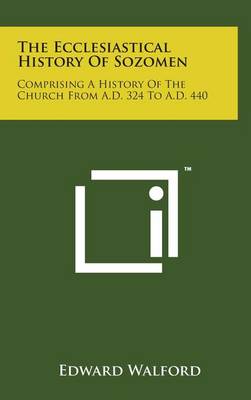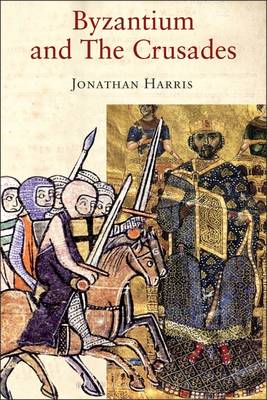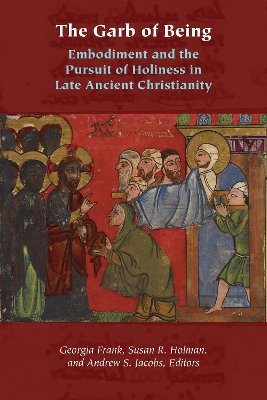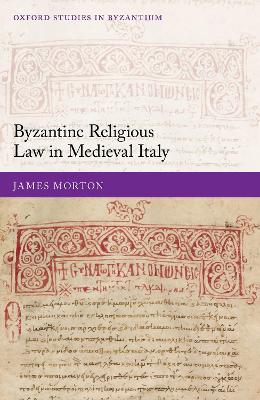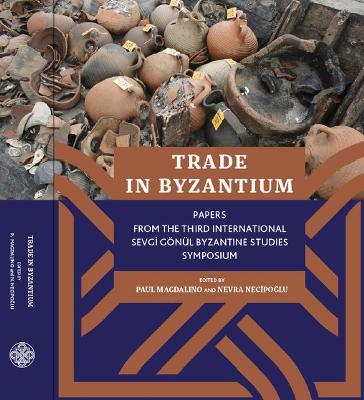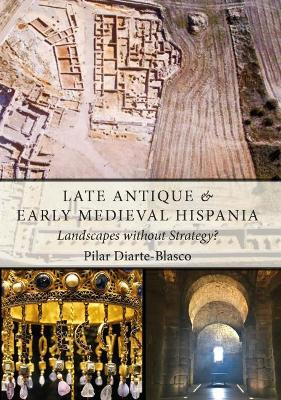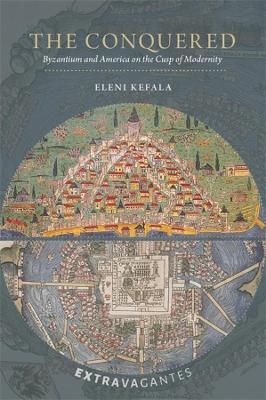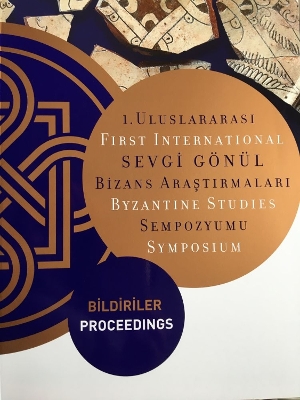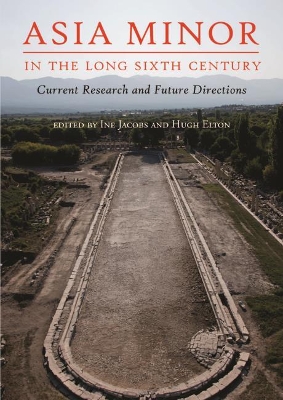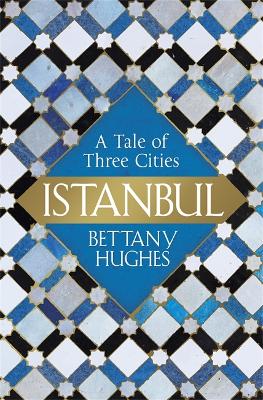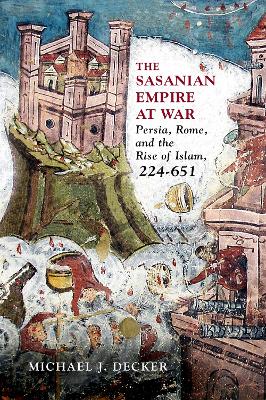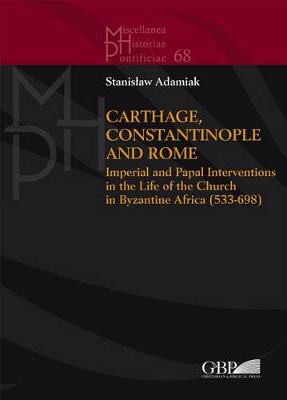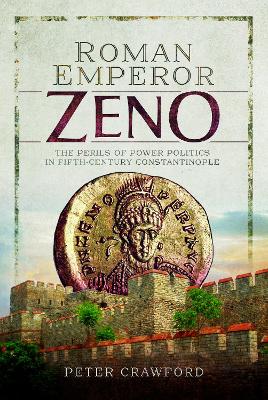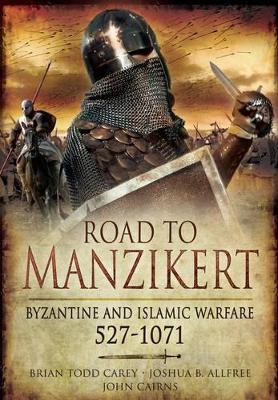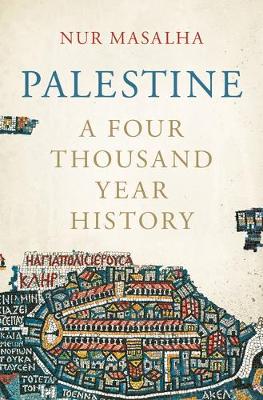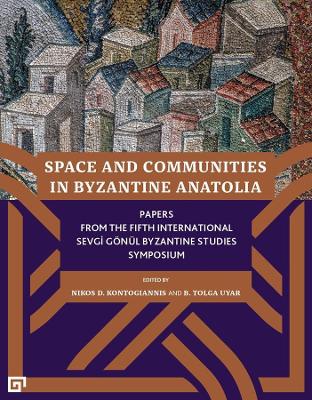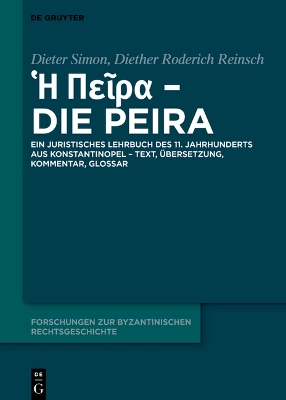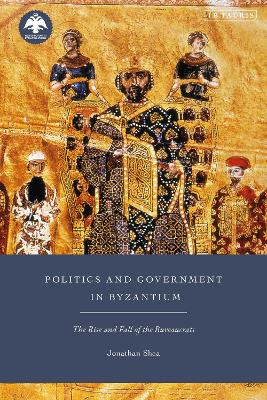Streams of Gold, Rivers of Blood (Onassis Series in Hellenic Culture)
by Anthony Kaldellis
In the second half of the tenth century, Byzantium embarked on a series of spectacular conquests: first in the southeast against the Arabs, then in Bulgaria, and finally in the Georgian and Armenian lands. By the early eleventh century, the empire was the most powerful state in the Mediterranean. It was also expanding economically, demographically, and, in time, intellectually as well. Yet this imperial project came to a crashing collapse fifty years later, when political disunity, fiscal misman...
The Garb of Being (Orthodox Christianity and Contemporary Thought)
This collection explores how the body became a touchstone for late antique religious practice and imagination. When we read the stories and testimonies of late ancient Christians, what different types of bodies stand before us? How do we understand the range of bodily experiences—solitary and social, private and public—that clothed ancient Christians? How can bodily experience help us explore matters of gender, religious identity, class, and ethnicity? The Garb of Being investigates these questi...
Byzantine Religious Law in Medieval Italy (Oxford Studies in Byzantium)
by James Morton
Southern Italy was conquered by the Norman Hauteville dynasty in the late eleventh century after over five hundred years of continuous Byzantine rule. At a stroke, the region's Greek Christian inhabitants were cut off from their Orthodox compatriots in Byzantium and became subject to the spiritual and legal jurisdiction of the Roman Catholic popes. Nonetheless, they continued to follow the religious laws of the Byzantine church; out of thirty-six surviving manuscripts of Byzantine canon law prod...
On the Incarnation (100 Copy Collector's Edition)
by Saint Athanasius
In the Byzantine Empire, Constantinople served not only as an administrative, military, and religious center, but also as one of trade and commerce. The city was selected as the new imperial capital due to its geographical advantages, its vast hinterland, its situation as an ideal vantage point for travel by land and sea, and its safe natural harbors, making it a perfect location for trade. Considering that medieval Anatolia, and especially Constantinople, was located at the center of a broad tr...
Late Antique and Early Medieval Hispania. Landscapes without Strategy? examines the transformations of the urban and rural landscapes of the Iberian Peninsula, across one of the most turbulent periods of the history of this region, between the decay and disappearance of the Roman Empire and the arrival of the Islamic troops (c. AD 400-711). It analyses landscape changes in a global perspective, combining both rural and urban contexts, discarding orthodox and reductionists points of view, where b...
Asia Minor in the Long Sixth Century
Asia Minor is considered to have been a fairly prosperous region in Late Antiquity. It was rarely disturbed by external invasions and remained largely untouched by the continuous Roman-Persian conflict until very late in the period, was apparently well connected to the flourishing Mediterranean economy and, as the region closest to Constantinople, is assumed to have played an important part in the provisioning of the imperial capital and the imperial armies. When exactly this prosperity came to...
Istanbul has always been a place where stories and histories collide and crackle, where the idea is as potent as the historical fact. From the Qu'ran to Shakespeare, this city with three names - Byzantium, Constantinople, Istanbul - resonates as an idea and a place, and overspills its boundaries - real and imagined. Standing as the gateway between the East and West, it has served as the capital of the Roman, Byzantine, Latin and Ottoman Empires. For much of its history it was known simply as The...
The Holy Apostles (Dumbarton Oaks Byzantine Symposia & Colloquia (HUP)TO- [email protected])
by Margaret Mullett and Robert G. Ousterhout
Carthage, Constantinople and Rome (Siscellanea Historiae Pontificiae, #68)
by S Adamiak
Peter Crawford examines the life and career of the fifth-century Roman emperor Zeno and the various problems he faced before and during his seventeen-year rule. Despite its length, his reign has hitherto been somewhat overlooked as being just a part of that gap between the Theodosian and Justinianic dynasties of the Eastern Roman Empire which is comparatively poorly furnished with historical sources. Reputedly brought in as a counter-balance to the generals who had dominated Constantinopolitan...
Road to Manzikert: Byzantine and Islamic Warfare 527-1071
by Brian Todd Carey, Joshua B Allfree, and John Cairns
In August 1071, the Byzantine Emperor Romanus IV Diogenese led out a powerful army in an attempt to roll back Seljuk Turkish incursions into the Anatolian heartland of the Empire.Outmanoeuvred by the Turkish sultan, Alp Arslan, Romanus was forced to give battle with only half his troops near Manzikert. By the end of that fateful day much of the Byzantine army was dead, the rest scattered in flight and the Emperor himself a captive. As a result, the Anatolian heart was torn out of the empire and...
The retreat of the Byzantine army from Syria in around 650 CE, in advance of the approaching Arab armies, is one that has resounded emphatically in the works of both Islamic and Christian writers, and created an enduring motif: that of the Islamic-Byzantine frontier. For centuries, Byzantine and Islamic scholars have evocatively sketched a contested border: the annual raids between the two, the line of fortified fortresses defending Islamic lands, the no-man's land in between and the birth of ji...
This rich and magisterial work traces Palestine's millennia-old heritage, uncovering cultures and societies of astounding depth and complexity that stretch back to the very beginnings of recorded history. Starting with the earliest references in Egyptian and Assyrian texts, Nur Masalha explores how Palestine and its Palestinian identity have evolved over thousands of years, from the Bronze Age to the present day. Drawing on a rich body of sources and the latest archaeological evidence, Masalha s...
A comprehensive new history of the Eastern Roman Empire based on the science of the human past.As modern empires rise and fall, ancient Rome becomes ever more significant. We yearn for Rome's power but fear Rome's ruin-will we turn out like the Romans, we wonder, or can we escape their fate? That question has obsessed centuries of historians and leaders, who have explored diverse political, religious, and economic forces to explain Roman decline. Yet the decisive factor remains elusive.In New Ro...
Essays explore the rich and complex regional settlements of Anatolia. The volume collects twenty-six papers on Byzantine-period Anatolia that were presented at the Fifth International Sevgi Goenul Byzantine Studies Symposium held in June 2019. The sections of the book focus on subjects including landscape dynamics, settlements and communication, regional networks, cityscapes, private and sacred space, and cultural interactions and identities. The essays cover a wide period, ranging from the t...
Ἡ Πεῖρα - Die Peira (Forschungen Zur Byzantinischen Rechtsgeschichte - Neue Folge, #4)
by Dieter Simon and Diether Roderich Reinsch
Politics and Government in Byzantium (New Directions in Byzantine Studies)
by Jonathan Shea
The eleventh century marked a turning point in the history of the Byzantine Empire. At its start Byzantium was the paramount power in the Mediterranean world, by turns feared, respected and admired. By the century's close the empire had lost half of its territory and had managed only a partial recovery under the leadership of the Komnenos family. How did a powerful and famously wealthy empire collapse so quickly? The contemporary accounts of this turbulent 'long' century (taken here as c. 95...

